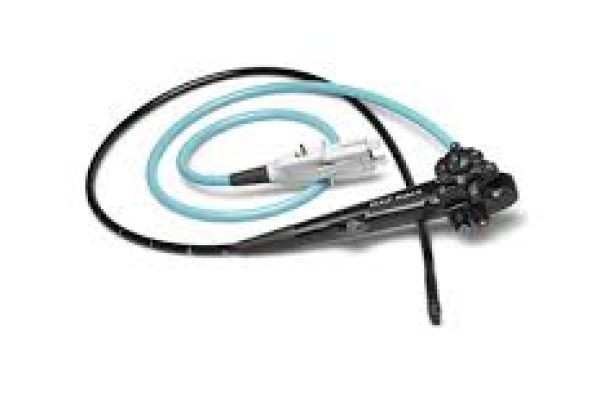The endoscopy devices market holds a strong long-term outlook as healthcare systems globally continue to prioritize early diagnosis, cost-effective treatment, and minimally invasive procedures. Forecasts through 2035 suggest sustained demand across both developed and developing regions, supported by demographics, policy shifts, and rapid technological advancement.
Rising life expectancy and the global increase in non-communicable diseases, such as gastrointestinal cancer and inflammatory bowel disorders, will keep the need for routine diagnostic endoscopy high. These diseases are particularly prevalent in aging populations, prompting governments and private healthcare providers to invest in screening infrastructure and workforce development.
One key component of the long-term forecast is the ongoing digital transformation of the healthcare sector. Endoscopy devices are increasingly integrated into broader hospital systems, connecting with electronic health records, analytics platforms, and telemedicine tools. Over time, this digital convergence is expected to drive higher procedural efficiency, more personalized diagnostics, and better treatment planning.
Technological evolution will continue to play a central role. As AI algorithms become more sophisticated and regulatory pathways mature, artificial intelligence is likely to become embedded in all high-end endoscopy systems. In the long term, this could standardize detection rates, reduce diagnostic errors, and enhance the overall quality of care.
Another long-term development is the expansion of robotic and automated endoscopy platforms. These tools promise greater precision, reduced human error, and the ability to perform complex procedures in hard-to-reach areas with minimal trauma. As costs decrease and training becomes more accessible, robotic systems are expected to become more common in both large hospitals and regional centers.
In terms of geography, the long-term outlook sees strong growth in emerging markets, particularly across Asia, the Middle East, and Africa. Many of these regions are scaling up national healthcare programs, constructing modern medical facilities, and training clinical staff in advanced procedures. This expansion will drive long-term demand for adaptable, cost-efficient endoscopic solutions.
From a business perspective, consolidation and mergers among leading manufacturers are expected to continue. The long-term outlook includes a competitive but increasingly integrated market, where companies offer full diagnostic ecosystems—hardware, software, cloud services, and training platforms—as bundled solutions.
Moreover, the sustainability movement is likely to influence product design and procurement. Hospitals and governments may favor low-waste devices and companies with environmentally responsible practices. This trend could shape long-term product development and purchasing policies.
Healthcare policy and reimbursement frameworks will also shape the future. Governments that invest in early diagnostics and preventive care will help accelerate adoption. Conversely, markets with slow regulatory approval processes or budget constraints may experience delayed uptake, unless addressed by strategic public-private partnerships.
Overall, the long-term trajectory of the endoscopy devices market is upward. Stakeholders that prioritize scalability, affordability, digital integration, and global accessibility will be best positioned to thrive over the next decade and beyond.


